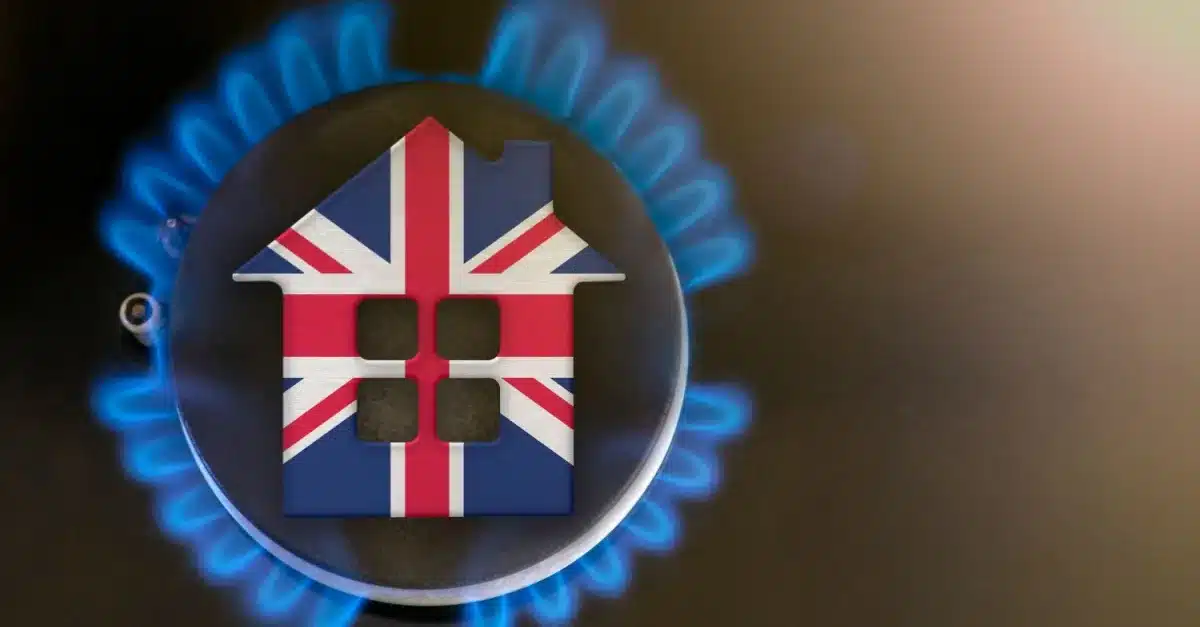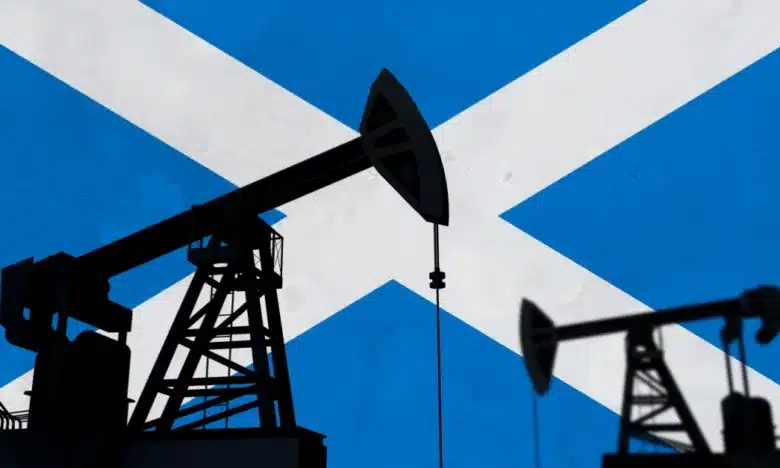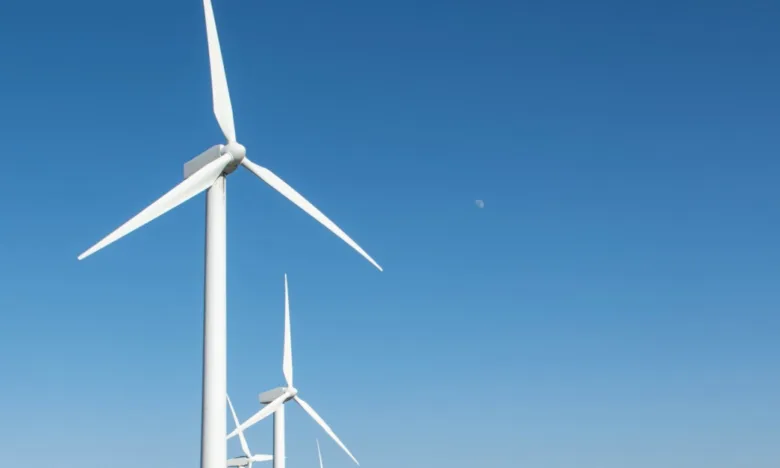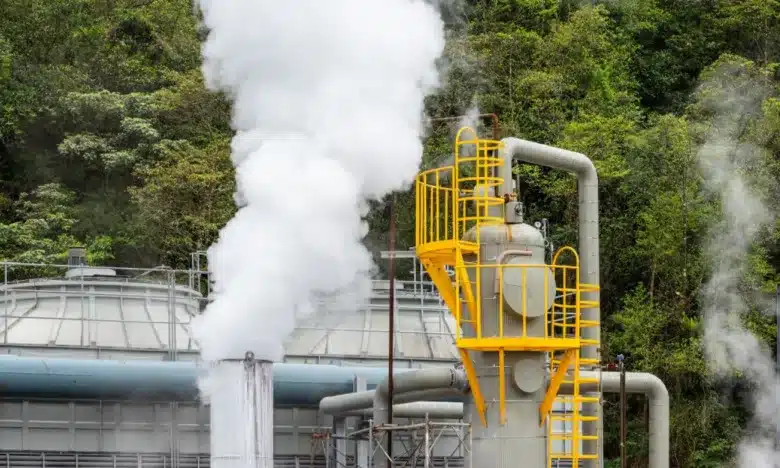
UK Policies Deepen Its Energy Trilemma
- November 25, 2025
Once boasting some of the lowest electricity prices in Europe during the early 2000s, the UK now finds itself grappling with some of the highest energy prices in the developed world. British businesses pay at least 50% more for power than many European competitors and more than three times the prevailing rates in the US.
Oxford economist Dieter Helm, one of the UK’s most respected energy and climate experts, has been vocal about the roots of the problem: the country’s uncompromising push for renewable energy (RE).
“Believers in cheaper power should next ask why the costs and prices are so high. It is not hard to find out,” he argued. “Britain now needs twice the capacity of generation and twice the grid capacity to produce the same output, in addition to a host of batteries, and pumped storage, plus lots and lots of imports.”
This mounting strain has intensified political debate over the UK’s energy transition. Shadow Energy Secretary Claire Coutinho has criticized Secretary of State for Energy Security and Net Zero Ed Miliband’s policy direction, stressing that instead of driving down costs, current strategies are pushing household and business bills upward. “Rather than people fitting into the Government’s policy on energy, I believe a Conservative energy policy should serve the needs of the people,” she declared.
To assess the impact of the UK’s green transition, it is useful to examine how the country performs across the three dimensions of the energy trilemma. By evaluating each category, we can better understand where policy successes and failures lie, and how the push for RE has reshaped the balance between cost, reliability, and environmental goals.
(Also read: UK’s Net Zero Rush Fuels Economic Strain & Energy Woes)
How is the UK navigating the energy trilemma?
The energy trilemma is a framework often used in energy policy to describe the difficult balancing act between three core goals: energy security, affordability (or equity), and environmental sustainability. The modern concept of the energy trilemma was popularized by the World Energy Council, which developed the trilemma as three interlinked policy dimensions.
Policymakers must navigate trade-offs among these dimensions because prioritizing one area tends to place pressure on the others. For instance, increasing the share of RE may improve sustainability but could raise costs or create intermittency risks unless carefully managed.
- Energy security
The UK has positioned itself as a global climate leader, committing to an ambitious net-zero target by 2050 and pledging to eliminate coal from its power sector.
In September 2024, the Ratcliffe-on-Soar power station, the country’s final coal-fired plant, was permanently closed, marking the UK’s entry into a coal-free era. Just over a decade earlier, coal had supplied nearly 40% of the nation’s electricity. By 2019, that share had dropped to 2%, and by October 2024, it had disappeared entirely, completing one of the fastest coal phaseouts in the world.
According to the University of Manchester, the UK’s shift from fossil fuels is creating a more intermittent and less flexible electricity system, with power increasingly reliant on renewables that are harder to control. As more processes become electrified, the nation’s energy mix is narrowing, while dependence grows on critical minerals and materials needed for renewables, batteries, and other clean technologies.
With Britain’s energy security increasingly under strain, the system remains focused largely on the reliability of electricity and gas networks, paying “less attention to fuel availability, including natural gas, or the materials and skilled workforce needed for a resilient, long-term system.” The university added, “Responsibility is divided across multiple government departments and regulators, creating delays and complicating timely decision-making.”
Meanwhile, a recent study pointed out that the country’s gas storage capacity, currently around 7.5 days of winter demand, is far below the levels maintained by continental neighbors, leaving the system vulnerable to supply shocks. The study also warned that heavy reliance on wind and solar, without accounting for their variability, could strain the electricity network and undermine reliable supply.
“Concern is expressed that a consequence of the Climate Change Act of 2008, requiring the UK to meet arbitrary decarbonization targets, is leading government advisors to propose several unproven and therefore highly risky technological solutions,” it stated.
- Energy affordability
In 2024, as the UK celebrated its transition to a coal-free power system, nuclear output simultaneously dropped to a 40-year low following the retirement of ageing reactors and delays in constructing new ones. The shortfall left the country increasingly reliant on natural gas, which saw sharp price spikes amid the global energy crisis.
Additionally, recent pressures on the power system have added significant costs for consumers. The UK has had to spend heavily to stabilize the grid as more wind and solar come online, covering the expense of connecting new projects, maintaining backup generation, and managing fluctuations in supply. Between 2024 and 2025, these measures cost around £2.7 billion, including payments to wind farms to curtail output when the grid became overloaded.
According to Helm, other hidden Net Zero costs include the system-wide expenses created by adding large amounts of intermittent renewables to a grid that was never designed for them. Cheaper solar panels from abroad may look like a win, but he emphasized that falling hardware prices do little to offset the high cost of integrating solar in a country with limited sunlight.
The economics of wind are even more troubling. “Unlike solar panels, wind turbines are not getting cheaper anymore,” he wrote. “Though production costs may be falling in China and elsewhere, the cost of capital is the key variable and the bids in Britain in AR7 are heading north, not south.”
AR7 refers to the seventh allocation round for the UK’s Contract for Difference (CfD) scheme, where developers of RE projects, such as offshore wind, submit bids to secure long-term government-backed prices for the electricity they generate.
Helm stressed that when transmission upgrades, curtailment payments, and the expense of maintaining gas plants on standby are added to the £110 to £120 per MWh price of new offshore wind contracts, the overall system cost becomes far higher than advertised. Developers, he argued, do not shoulder the full cost of intermittency or their distance from major demand centers, leading to projects that are poorly aligned with the needs of the electricity system.
Recently, reports showed UK households facing their highest energy debt in eight years. A Uswitch survey found arrears climbing nearly 30% in just 12 months, with total debt reaching £780 million and the typical household owing over £220. The surge comes after Ofgem raised the energy price cap by 2% on October 1, lifting average annual bills for direct-debit customers.
- Environmental sustainability
All these shifts, of course, are justified as part of the UK’s decarbonization drive — but how much progress has really been made?
The Telegraph reported that although the UK has reduced its territorial emissions by 53% since 1990, the country’s total carbon footprint has shrunk by only 22%. Much of the apparent progress reflects the transfer of manufacturing overseas to places with higher-emission production, rather than a true drop in global carbon output.
A study entitled “Assessing Electricity Network Capacity Requirements for Industrial Decarbonization in Great Britain” warned that the shift to low-carbon industry would sharply drive up electricity demand, yet grid expansion was not keeping pace.
As industries electrify and national demand rises, the study estimated that more than 71 GW of extra grid capacity will be required by 2050, with the biggest pressures expected in central, southern, and north-west England, as well as Wales.
“Without solving these network constraints, around 65% of industrial sites that are large point sources of emissions would be constrained in terms of electric capacity by 2040,” the study stated. “These sites are responsible for 69% of industrial point source emissions.” If these sites cannot access enough electricity, they will struggle to reduce emissions as intended, putting the UK’s broader decarbonization goals at risk.
(Also read: Why Economic Growth Still Depends on Reliable Power)
The road ahead
To address the UK’s worsening energy situation, Helm suggested several immediate measures focused on reducing costs and avoiding further inefficiencies. One approach is to shift some levies, particularly those aimed at social redistribution, from energy bills onto the government’s account. These costs, he argued, have long distorted prices and incentives, and should be handled as welfare matters rather than wrapped into electricity and gas charges.
Another key step is to slow or halt high-cost renewable subsidies, particularly AR7. Current government plans extend these contracts to 20 years to meet net-zero targets and reduce headline strike prices, but this locks consumers and industry into decades of high costs. Helm also stressed that any new nuclear program, including small modular reactors, must be carefully designed to avoid repeating past expensive mistakes.
Gas supply remains critical. Helm recommended a strategic gas reserve and proper funding for maintenance of transmission networks to ensure reliability in a grid increasingly dominated by intermittent renewables. While some political debate considers scaling back net-zero targets,
Helm noted that decarbonization could still proceed efficiently through market-driven incentives, provided policies are carefully aligned with cost, reliability, and practical technological capacity.
Finally, he stated that more radical measures will be needed in the 2030s and 2040s to truly lower energy costs. Such approaches require starting fresh, critically assessing all technology options, and setting clear, realistic priorities for the future energy system.
“The idea that a modern economy with rising energy demands for firm power can get by with mainly wind and solar is an implausible one. Some wind and some solar have roles to play, but not the leading roles,” he declared.
Lessons for the Philippines
The Philippines can learn several cautionary lessons from the UK’s experience with its green transition.
First, the rush to phase out legacy fuels can undermine energy affordability and reliability. The UK’s rapid coal exit, paired with intermittent renewables, has left businesses and households struggling with supply instability. While rooftop solar and offshore wind offer cleaner alternatives, the UK experience shows that system-wide expenses can significantly raise the true cost of electricity beyond advertised rates.
Second, the Philippines’ overall emissions contribution is relatively small, accounting for roughly 0.4% of global CO₂ emissions. Aggressive, rapid decarbonization may therefore yield minimal global impact while imposing heavy economic and social burdens domestically.
Finally, as an emerging economy, the Philippines cannot afford a hasty energy transition. Rapid shifts to intermittent renewable sources without adequate grid readiness, storage capacity, or financial safeguards risk repeating the UK’s experience of soaring bills, supply insecurity, and industrial constraints.
A measured approach that combines legacy fuels with incremental renewable integration, targeted grid upgrades, and market-aligned policies offers a more pragmatic path, ensuring energy security while supporting economic growth and social development.
Sources:
https://www.worldenergy.org/transition-toolkit/world-energy-trilemma-framework
https://theweek.com/tech/why-britains-electricity-bills-are-some-of-the-highest-in-the-world
https://www.conservatives.com/news/energy-is-prosperity
https://commonslibrary.parliament.uk/research-briefings/cbp-9888
https://ember-energy.org/latest-insights/the-uks-journey-to-a-coal-power-phase-out
https://arxiv.org/abs/2503.14309
https://news.stv.tv/politics/energy-debt-hits-eight-year-high-ahead-of-winter
https://www.telegraph.co.uk/politics/2025/10/05/boris-johnson-too-far-too-fast-net-zero
https://arxiv.org/abs/2411.17384
https://www.worldometers.info/co2-emissions/philippines-co2-emissions



